Deck & Commander Strategies
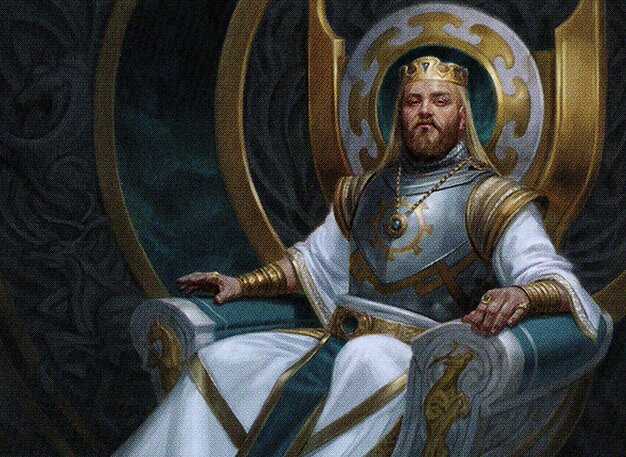
Kenrith, the Returned King
A five-color midrange/control deck that uses Kenrith's versatile abilities to gain incremental advantage through life gain, card draw, and combat tricks, aiming to outvalue opponents and close the game with efficient combat and utility.
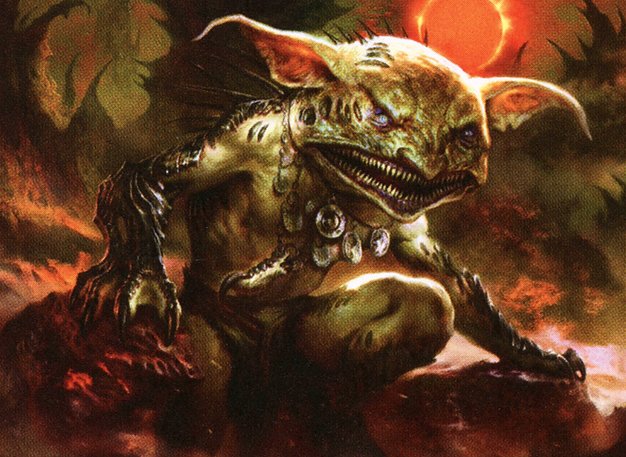
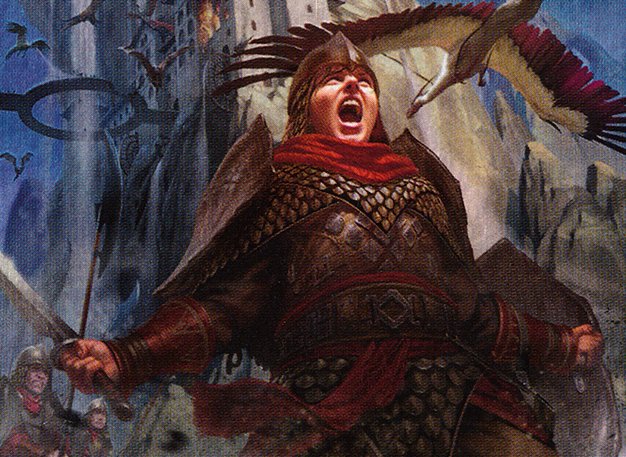
Krark, the Thumbless / Reyhan, Last of the Abzan
A +1/+1 counter synergy deck that leverages Krark's randomness and Reyhan's ability to move counters upon creature deaths to generate value and incremental growth, often utilizing sacrifice outlets and token production for board control and combo potential.

Narset, Enlightened Exile
A spell-slinging deck focused on casting noncreature spells to trigger extra combat phases and extra turns, using Narset's prowess and extra turn abilities to generate overwhelming advantage and close out the game with spell combos.
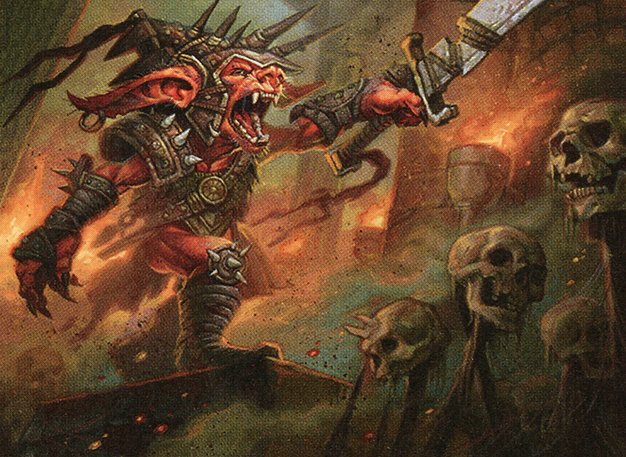
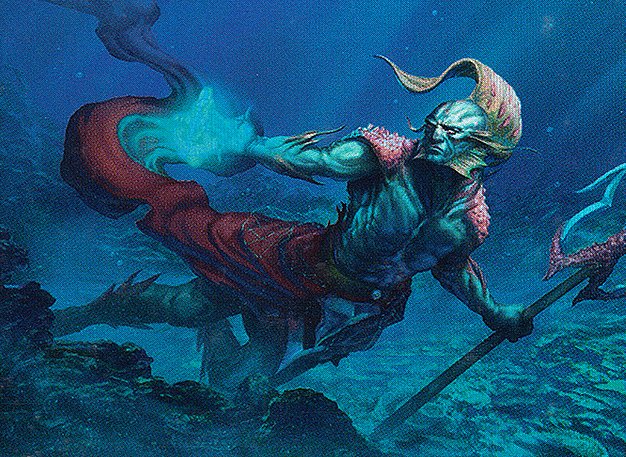
Rograkh, Son of Rohgahh / Thrasios, Triton Hero
A combo/control deck utilizing Rograkh's aggressive haste creatures and Thrasios's card advantage and mana fixing to assemble powerful combos quickly, often through sacrifice synergies and incremental card advantage to dominate the board.
Gameplay Insights
- 1
Using Opposition Agent to disrupt opponents' tutor effects is a high-impact play that limits their access to crucial combo pieces or answers.
- 2
Rayhan's ability to move +1/+1 counters upon creature death creates dynamic board states that reward sacrificing creatures and synergize with sacrifice outlets.
- 3
Players carefully balance interaction and mana development to avoid overcommitting early, preserving responses for critical spells or combos.
- 4
Doubling up on cloning effects like Opposition Agent was considered as a strategy to maximize disruption but raised concerns about provoking heavy interaction.
- 5
The importance of mana acceleration and fixing in a five-color deck like Kenrith was evident as it allowed for flexible responses and diverse threat deployment.
- 6
Strategic passing and timing of spells indicate a high level of meta-awareness, especially around potential wheel effects and resource denial.
Notable Cards
-
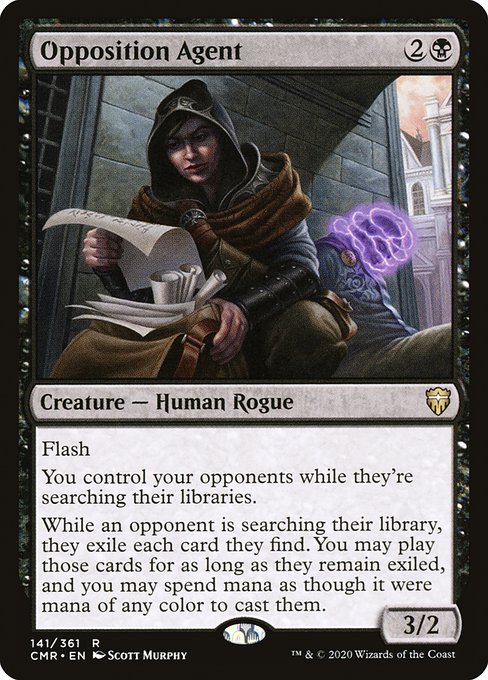
Opposition Agent
-
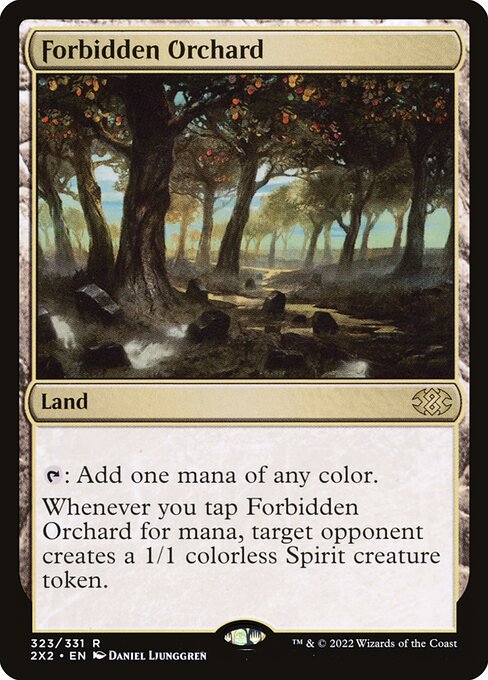
Forbidden Orchard
-
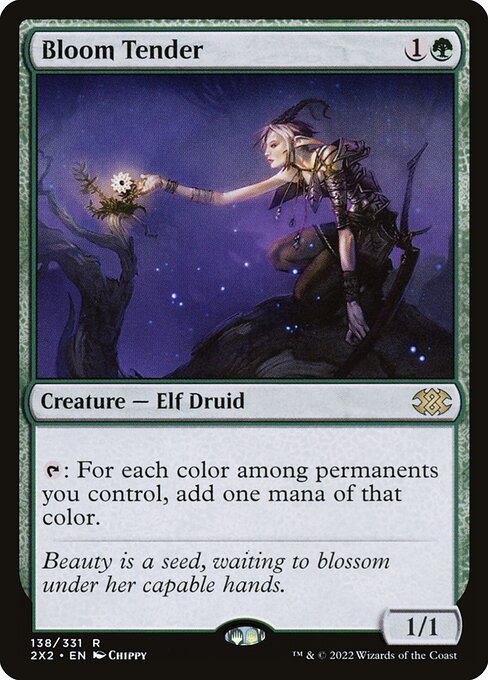
Bloom Tender
-
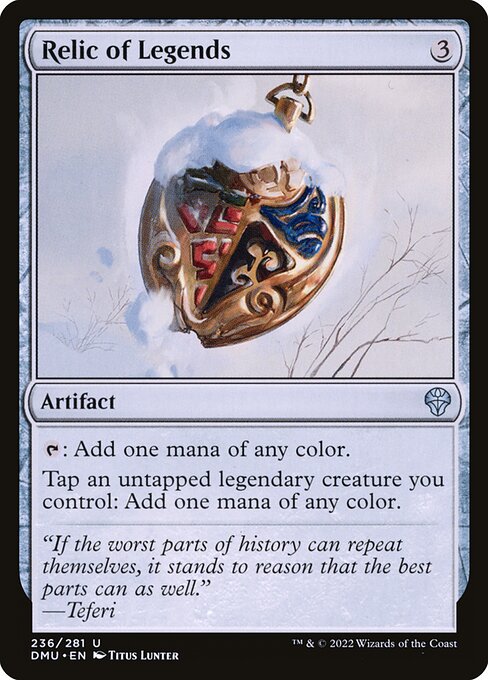
Relic of Legends
-
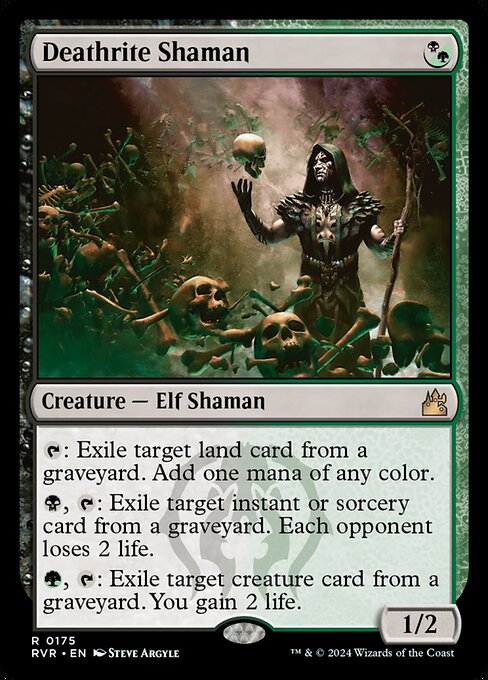
Deathrite Shaman
-
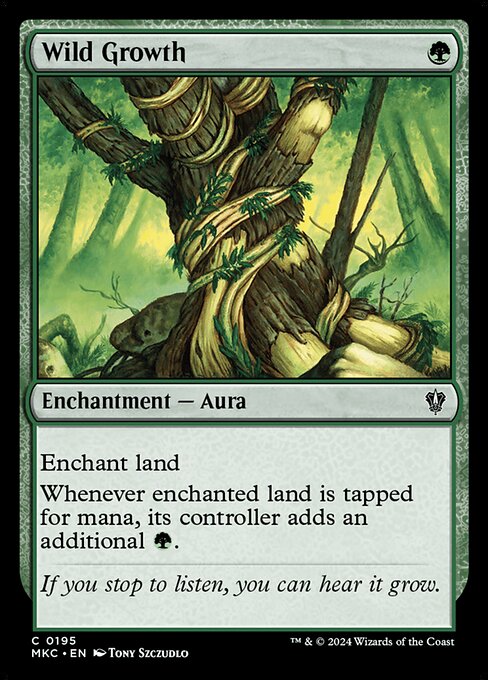
Wild Growth
-
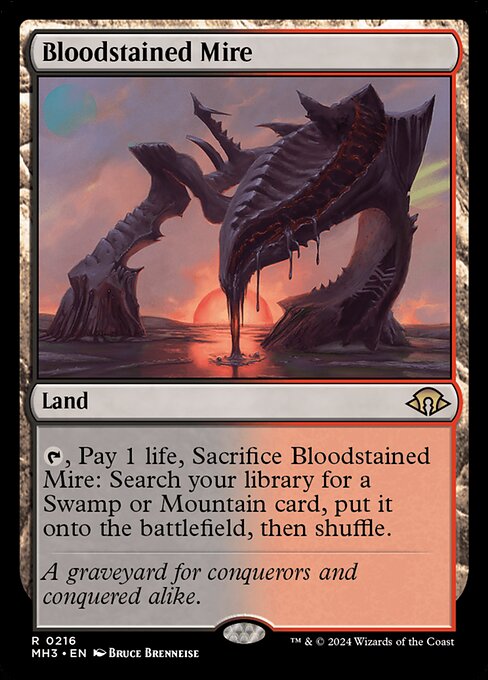
Bloodstained Mire
Gameplay Summary
The game began with a relatively slow start as players established their mana bases and deployed early ramp and utility creatures like Bloom Tender and Opposition Agent.
The Forbidden Orchard and other mana sources came into play, facilitating the development of the board.
Interaction was kept minimal initially, with players cautiously building their resources and waiting for key moments to leverage their commanders' abilities.
The Kenrith player leveraged multiple colors and mana acceleration to start applying pressure with incremental damage and utility effects. A pivotal moment occurred when Rayhan and Krark/Reyhan decks started to develop board presence with creatures carrying counters and value engines.
The interplay of +1/+1 counters and sacrifice synergies was discussed, highlighting Rayhan's ability to redistribute counters upon creature deaths, which hinted at potential combo or synergy lines.
Meanwhile, the use of cloning effects such as Opposition Agent was debated as a way to disrupt tutoring and search effects, showing the strategic depth in countering opponents' plans.
The game featured significant interaction around mana and card advantage, with players carefully deciding when to respond or allow spells to resolve.
Despite some early aggression, the board state remained fluid with no immediate wins, setting the stage for later explosive plays or combos.





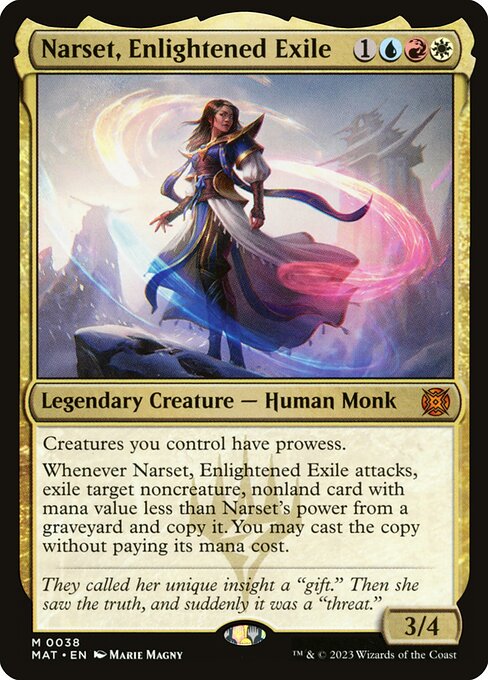




































![Three One Ring's to Rule them ALL! [ Narset | RogThras | Derevi | Loot ] MTG cEDH Gameplay thumbnail](https://i.ytimg.com/vi/cQE_8XtPLYU/sddefault.jpg)








